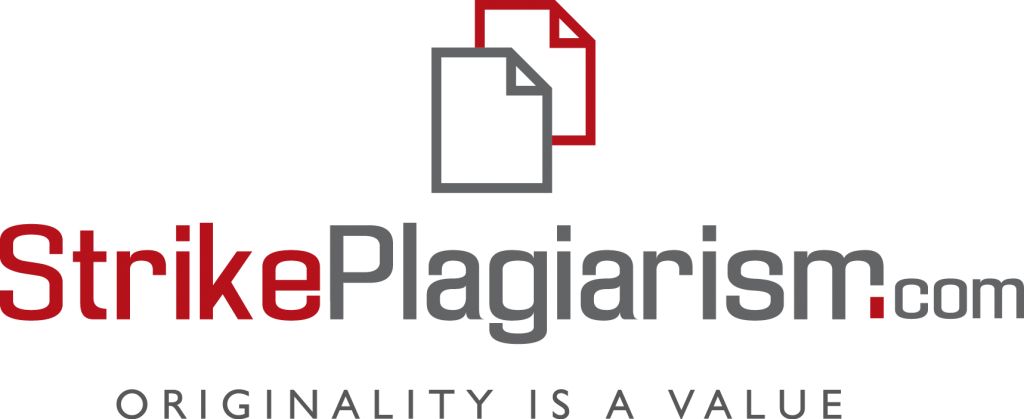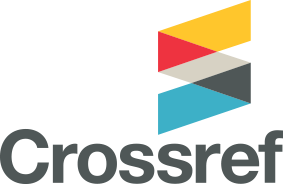ENGLISH-LANGUAGE ADVERTISING HUMOR
DOI:
https://doi.org/10.32689/maup.philol.2025.1.13Keywords:
humor, irony, socio-professional jokes, advertising, cognitive patternsAbstract
This article presents stylistic, cognitive and pragmatic analyses of a sample of English-language jokes about advertising and its variants. An analysis of the forms of 115 jokes sourced from four English-language websites shows that the most frequent forms of jokes about advertising are question/answer formats (60.8%), one-liner jokes (39.2%). A detailed study of 20 advertising-related jokes highlights the most frequent use of stylistic devices such as puns, fake enthusiasm, paraprosdokian, pastiche, bathos and irony. Other techniques include personified and zoomorphic metaphors, nonstandard similes, false argumentation (enthymeme), antithesis, are involved. From a cognitive perspective, the jokes apply cognitive mechanisms like the «deformation professionale», «von Restorff pattern», «distinct contrast» and «easel» patterns, switching of which leads to the incongruity mechanism and comic effect. Pragmatically, these jokes serve multiple purposes: they help students to relieve psychological stress, encourage creative and critical thinking, entertain, introduce readers to English-speaking advertising practices and techniques, and foster an appreciation of humor and irony. Besides, they motivate people to be successful and confident, while shaping stereotypical images of English-speaking advertising professionals, contributing to the development of intercultural and cultural competences. The advertising jokes form the stereotypical image of an advertising professional as a creative and smart, multifunctional and cynical, rude and highly skilled specialist in philology and psychology. The stereotypical image of an advertising professional carries out a number of functions.1. The function of emotional trigger, because it tunes the audience into humorous tonality. 2. The function of the fast assimilation of the created image and simplified perception of it. 3. The function of funny labeling of advertising specialists. 4. The linguistic function of transforming the language towards expressivity and flexibility.
References
Bell J. Funny Slogans for Companies and Brands. 2024. URL: https://namesurfy.com/slogans/ funny-slogans-and-mottos/(accessed 12.12.2024).
Carol C. 30 Hilarious Journalist Jokes That Will Have You ROEL! 2024. URL: https://presspitch.io/ journalist-jokes/ (accessed 9.10.2024)
Carrel A. Man, The Unknown. New York: Harper & Brothers. 1939. Archived from the original on 20 September 2018. Retrieved 28 June 2017. URL: https://web.archive.org/web/201809 20164410/http://hpaba.com/pages/en/ALEXIS %20CARREL%20Man%20the%20Unknown%20 1935.pdf
Casabianca S. S., Gepp K. 15 Cognitive Distortions To Blame for Negative Thinking. 01.11.2022. URL: https://psychcentral.com/lib/cognitive-distortionsnegative-thinking (accessed 22.09.2024).
Davies C. E. How English-learners Joke with Native Speakers: An International Sociolinguistic Perspective on Humor as Collaborative Discourse across Cultures. Journal of Pragmatics, 2003. 35 (9), Pp.1361–1385. https://doi.org/10.1016/S0378-2166(02) 00181-9 (accessed 10.10.2024)
Frothingham S., Legg T. J. What Is Negativity Bias, and How Does It Affect You? 12.16.2019. URL: https://www.healthline.com/health/negativity-bias (accessed 09.10.2024).
Geoffand T. Modified joke – product man- ager, the lawyer and the doctor. 2013. https://www. tralfaz.com/2013/01/modified-joke-product-manag- er-the-lawyer-and/ (accessed 09.10.2024).
Hann D. Humorous Play and its Implica- tions for Classroom Practice. In Spontaneous Play in the Language Classroom: Creating a Commu- nity. 2020. Pp. 191–218. Palgrave Macmillan. URL: https//doi.org/10.1007/978-3-030-26304-1_8 (accessed 10.10.2024).
Indianapress 20 hilarious ‘newsroom jokes’ every journalist would relate to. 2017. URL: https://indianexpress.com/photos/trending-gallery/ hilarious-jokes-that-every-journalist-will-relate-to/ (accessed 10.10.2024)
Kahneman D. A., Slovic P., Tversky A. Judgment Under Uncertainty: Heuristics and Biases / Daniel Kahneman, P. Slovic, A.Tversky. New York: Cambridge University Press, 1982. 556 p.
Maslow A. H. The Psychology of Science. Washington: Maurice Bassett Publishing. 1966. 315p. 12.Merton R. K. Social Theory and Social Structure. Glencoe, Illinois: Free Press. 1957. p. 198. Archived from the original on December 2012. URL: https://web.archive.org/web/20121227113532/http:// www.sociosite.net/topics/texts/merton_bureaucratic_ structure.php
Min A. 70 Hilarious Advertisements Jokes to Laugh at Marketing Madness. 2024. URL: https:// jokeandpun.com/jokes/advertisements-jokes/ (accessed 8.12.2024).
Nichols S. Our 100 lists of 100: Corny Journalism Jokes. 2024. URL: https://100.jea.org/2058/ 100-of-100/our-100-lists-of-100-corny-journalism- jokes/ (accessed 9.10.2024)
Olson M. Top Funniest Advertising Slogans. 2024. URL: https://www.pouted.com/laugh-with-the-top-funniest-advertisment-slogans/(accessed 8.12.2024)
Paivio A. Imagery and verbal processes. N. Y.: Holt, Rinehart & Winston. 1971. 312p.
Reddington E., Waring H. Z. Understanding the Sequential Resources for Doing Humor in the Language Classroom. Humor, 28 (1), 2015. Pp. 1–23. URL: https://doi.org/10.1515/humor-2014-0144 (accessed 10.10.2024).
Reddit. (2024). Jokes. URL: https://www. reddit.com/r/Construction/comments/tn4rkv/what_ are_some_of_the_funniest_company_slogans_ you/?rdt=35724 (accessed 12.12.2024). 19.Tversky A., Kahneman D. Advances in prospect theory: cumulative representation of uncertainty. Jour- nal of Risk and Uncertainty. 1992. № 5. Pp. 297–332.
Vaina L, Hintikka J. (eds.) Cognitive Constraints on Communication: Representations and Processes. Dordrecht: Boston. 1994. 245 p 21.Von Restorff H. Über die Wirkung von Bereichsbildungen im Spurenfeld (The effects of field formation in the trace field). H. Von Restorff. Psychologie Forschung, 1933. №18, 299 p. URL: http://en.wikipedia.org/wiki/Von_Restorff_effect" (14.12.09). Von Restorff effect.






